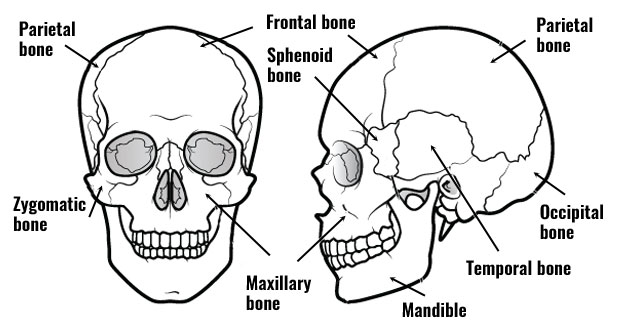Volleyball is still growing in popularity and is played in over 200 countries worldwide. The FIVB (Federation Internationale de Volleyball), the international governing body for the sport (equivalent to FIFA in soccer) has 218 member nations, which is more than any other international governing body for any other sport.
Prevention
A large number of injuries, in all sports, especially at the lower levels, could be avoided. The following should not be neglected:
Warm-up
As with all sports, a warm-up is an important injury prevention method. A warm-up for volleyball should last around 15 minutes and should include a pulse raiser (jogging, skipping etc) followed by active stretches and skill-specific drills. Altogether, this routine would serve to increase the core temperature, heart rate, muscle temperature, and extensibility. Without a warm-up athletes are particularly susceptible to muscle strains and ligament tears.
Conditioning
Putting in enough training and training which is specific to the sport can help to reduce the rate of injury. Having muscles which are strong enough to repeatedly produce the required force and a cardiovascular system which can work at a high level when needed and recover quickly, prevents the onset of fatigue. It is thought that fatigue results in abnormal patterns of muscular contraction which can lead to altered biomechanics and injuries
Equipment
The use of knee pads and elbow pads are common in volleyball. These help to protect the areas which are most commonly affected by a player diving to save the ball from hitting the ground.
Surface
Volleyball can be played on a number of surfaces, from concrete, through to sand. Playing on harder surfaces has been shown to produce a higher rate of injuries. Playing on a soft surface can reduce lower limb injuries such as jumpers knee, as well as abrasions from contact with a hard surface.
Injuries
Due to the repetitive overhead motion in volleyball, injuries to the upper limb are most common. Behind these, are injuries which are caused by repetitive jumping.
Rotator cuff injuries
The rotator cuff is a group of four muscles which attach to the shoulder blade and travel across the shoulder to insert on the upper arm. They are important in stabilising the shoulder and providing rotation movements. They are most commonly injured in volleyball through overuse, resulting in pain and inflammation of one or more of the tendons. Learn more about rotator cuff injuries.
Suprascapular Neuropathy
This injury in a volleyball setting is down to compression of the suprascapular nerve. A common cause of this injury is thought to be the floater serve, where the arm is stopped immediately following contact with the ball. This causes a strong eccentric contraction of the infraspinatus muscle, which is innervated by the suprascapular nerve. Compression of this nerve can cause pain in the shoulder and weakness of the infraspinatus and supraspinatus muscles. Find out more about suprascapular neuropathy.
Hand and finger injuries
Injuries to the hand and fingers are very common in volleyball. They usually occur when a player is trying to block a spiked ball. The most common injuries are sprains, followed by fractures, contusions, and dislocations with damage to either the thumb or little finger happening most regularly.
Patella tendinopathy
This injury is also known as jumper’s knee which is, as the name suggests, more prevalent in sports requiring repetitive jumping, such as volleyball. It is a degenerative condition affecting the patella tendon, which connects the thigh muscles and knee cap to the shin bone. Symptoms include pain underneath the knee cap, especially on eccentric contractions. Learn more about patella tendinopathy (jumpers knee).
Ankle sprain
Ankle sprains are among the most common lower limb injury seen in both sports players and sedentary individuals. Rolling the ankle or twisting the ankle, as it is sometimes called, causes damage to the ligaments on the outside of the ankle, which connect the fibula (smaller lower leg bone) to the talus and calcaneus (ankle and heel bones respectively). All suspected ankle sprains should be x-rayed to rule out associated fractures. A rehabilitation programme can then begin, which should focus on decreasing pain and swelling, before improving range of motion, strength, and balance in the injured ankle. More information on ankle sprains.



